Here are couple of 3D Wayfinder template examples. Wayfinding template for touch screen kiosks and mobile for indoor positioning in shopping malls, hospitals, airport etc. Contact our sales team for demo.
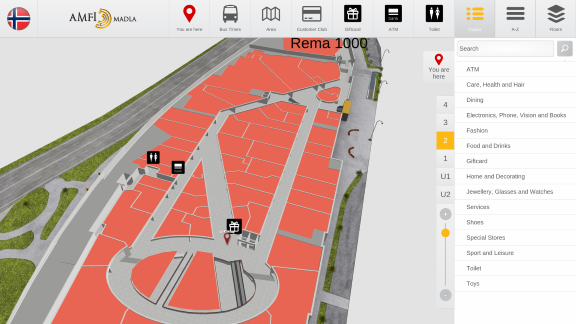
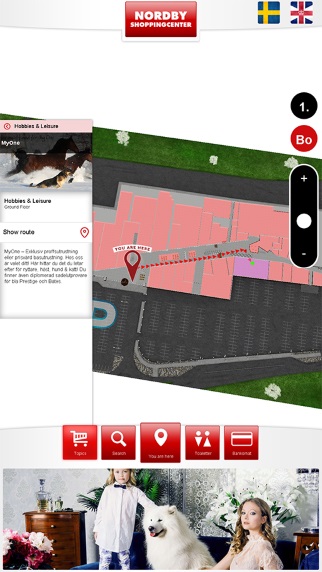
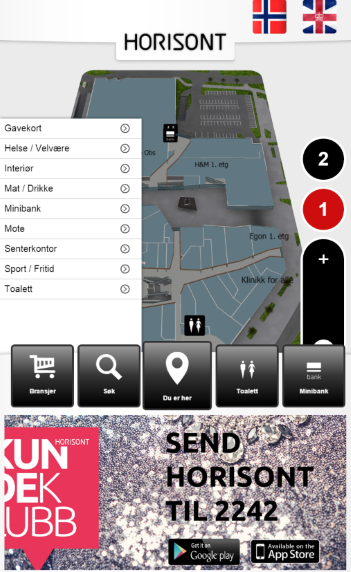
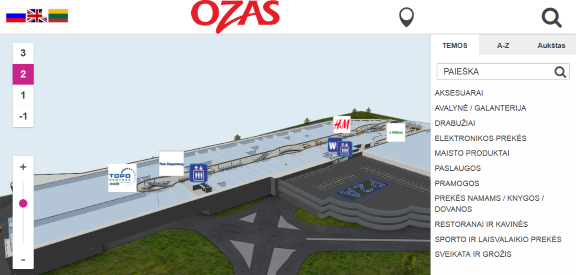
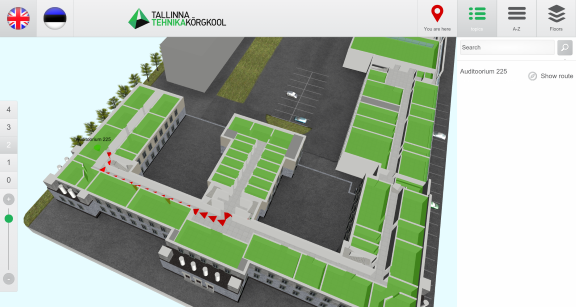
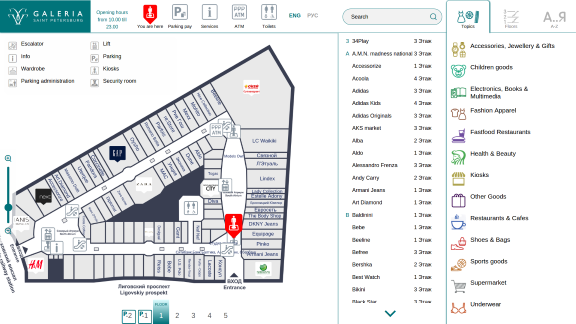
Here are couple of 3D Wayfinder template examples. Wayfinding template for touch screen kiosks and mobile for indoor positioning in shopping malls, hospitals, airport etc. Contact our sales team for demo.






We have joined the Open Design Alliance to develop CAD file support to 3D Wayfinder. With CAD support it will be easy to upload building drawing files and show them directly through web.
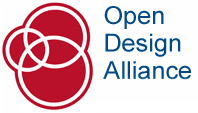
3D Technologies R&D (developer of 3D Wayfinder) is now a member of Open Design Alliance. The Open Design Alliance (ODA) is a nonprofit organization dedicated to the promotion of open industry-standard formats for CAD. ODA was established in 1998 and now has over 1300 members.
Most of the architectural modelling is done with Autodesk CAD software packages, where DWG files are native file formats. DWG is a proprietary and closed file format and it doesn’t have open specifications. ODA has deigned Teigha library which supports the use of C++, .NET, and ActiveX interfaces. Also it allows the exchange of data through .dwg, .dgn and .stl files.
We will search the possibilities to provide also DWG file reading in 3D Wayfinder. This will open up a whole new area for 3D Wayfinder. Architects can directly upload their building drawing to 3D Wayfinder and also real estate managers, building owners etc. For example DWG files that can be viewed through 3D Wayfinder. There will be no need for converting DWG-s to common 3D formats that 3D Wayfinder currently supports.
What is the difference between 3D vs 2D wayfinding and what are the benefits of 3D floor plans?
We have tested 3D, semi-3D and 2D floor-plans with our small focus-group and below is the short summary.
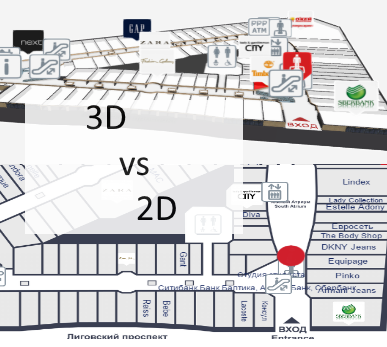
To see the 3D floor-plans in action, please sign up to 3D Wayfinder for creating your own 3D floor-plans, or see our 3D modelling services and examples.
3D Wayfinder supports also 2D images for creating wayfinding application.
Semi-3D maps are rendered or designed floor plans, that are made to look like 3D. The map is rendered on an angle, so it is possible to see part of walls also.
We are using semi-3D maps for mobile devices, where WebGL is not supported yet.
| 3D floor plans | Semi-3D floor plans | 2D floor plans | |
| Overview of the building |
|
|
|
| Usability of wayfinding application |
|
|
|
| Map details and amount of information on the floor plans |
|
|
|
| Impression and imago of the building |
|
|
|
| Displays and future technological possibilities |
|
|
|
| Advertising channel and Digital Signage integration |
|
|
|
We have made a short tutorial about setting 3D Wayfinder as a kiosk application.
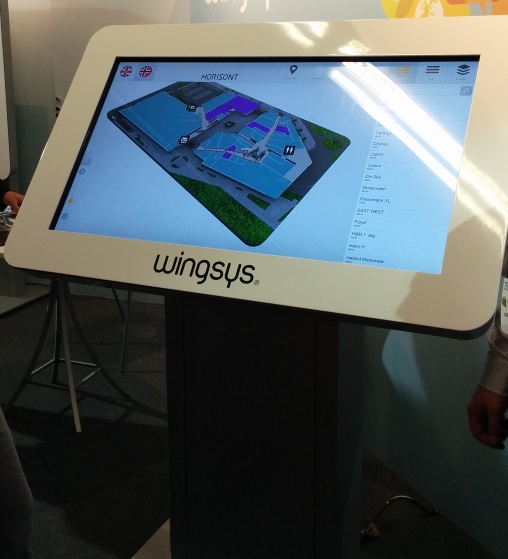
It is simple and secure and no need for special internet kiosk software. See kiosk application set up tutorial to know more.
Recently we introduced improved transparency in 3D Wayfinder handling to FRAK engine. It can now be configured between three transparency rendering modes: sorted, blended and stochastic.
The sorted mode is what used to be the default earlier. There is mainly for backwards compatibility and fallback reasons. This can be used for decent transparency. But the geometry has to be modeled while keeping in mind that transparent meshes are compared by their centers.
Failure case for the old algorithm:
The first of the new modes is blended and it uses the weighted blended order-independent transparency algorithm. Also with a few modifications related to handling alpha-mapped surfaces. This mode is the new default for the engine. Since floating point textures seem to be supported by most browsers these days.
Weighted Blended Order-independent Transparency:
The second new mode is stochastic. It is still a work in progress. But a viable alternative for certain situations. Stochastic transparency in 3D Wayfinder works by using random noise to give each transparent surface a proportional probability of getting through to the camera. This provides slightly more physically correct results. Currently is a bit too noisy.
Stochastic Transparency: